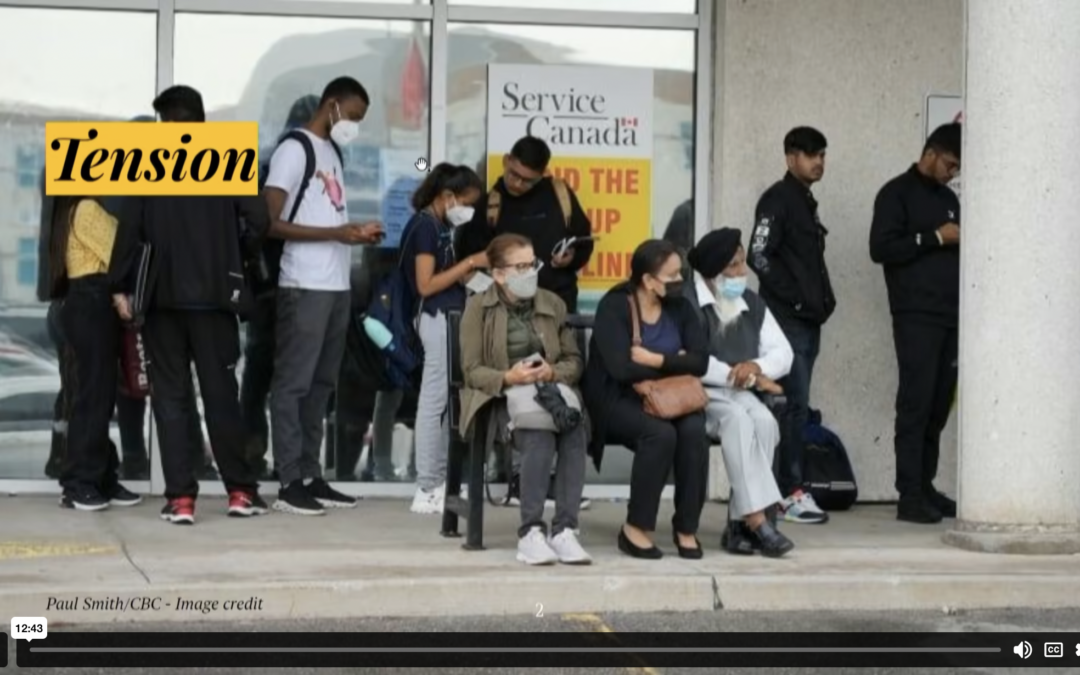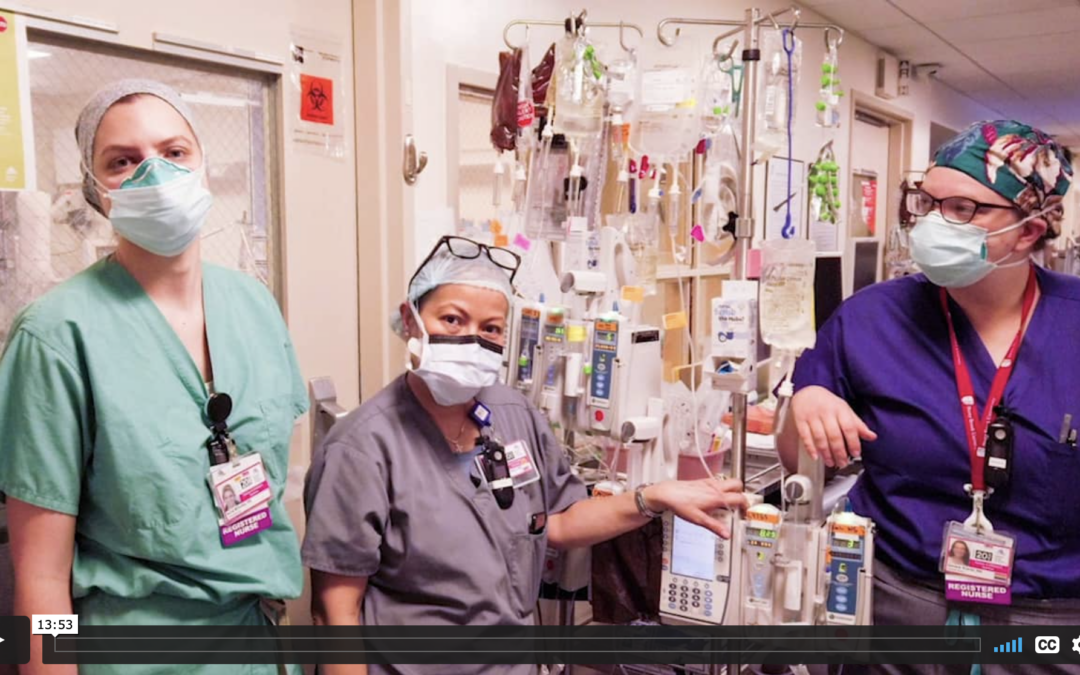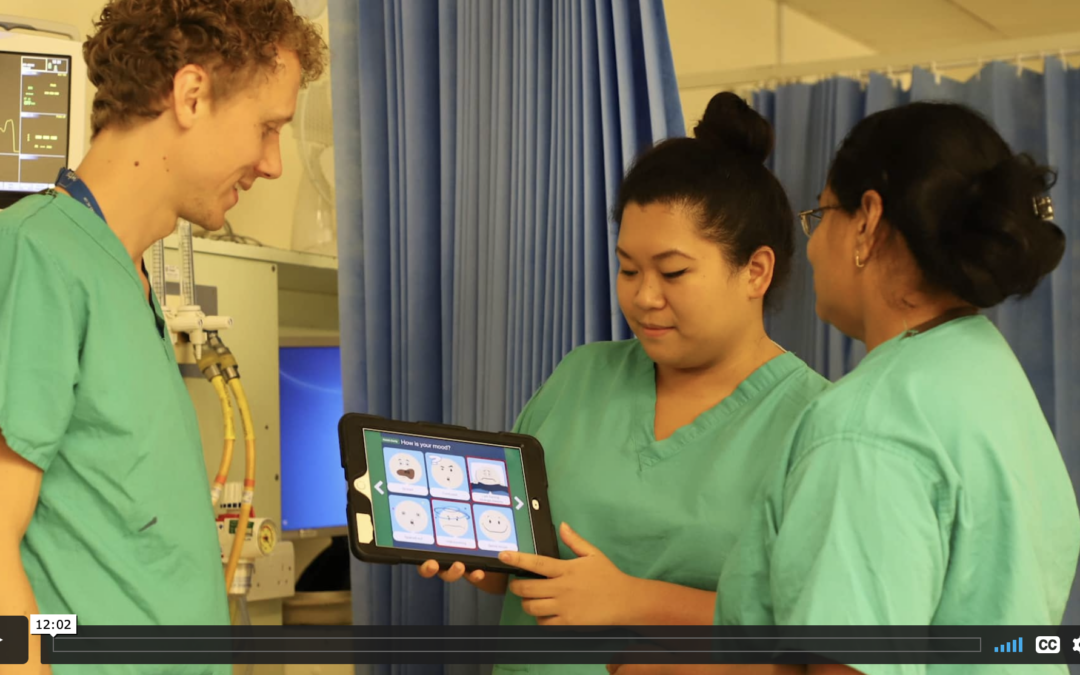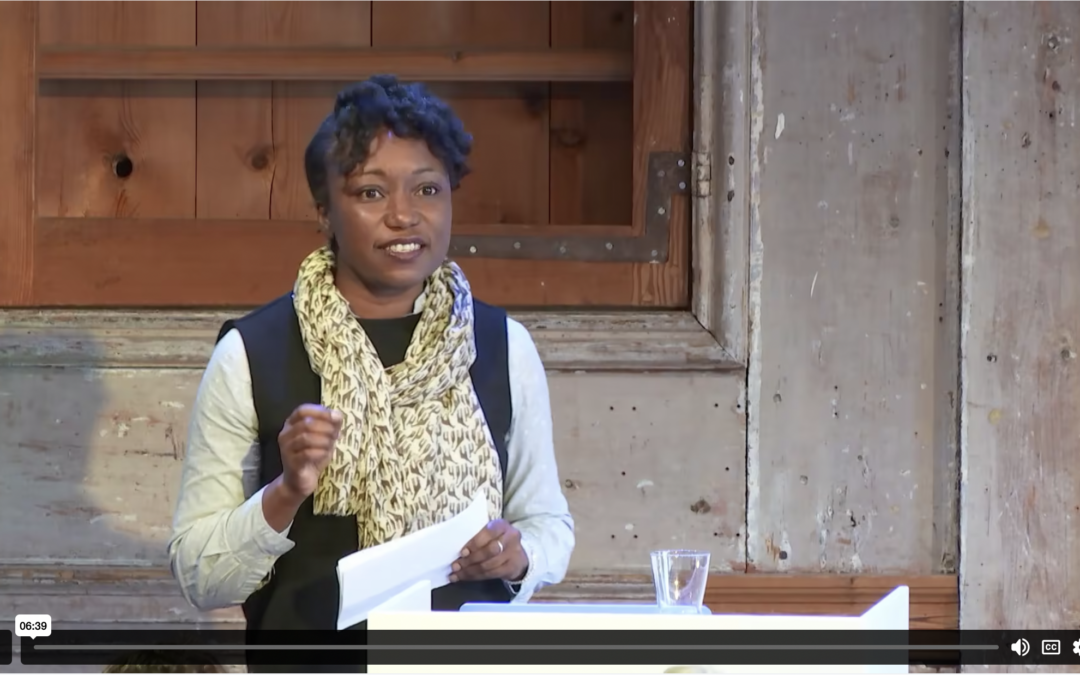The Motherload is a look at the realities of contemporary motherhood in the time of post-pandemic pressures,...


The Motherload is a look at the realities of contemporary motherhood in the time of post-pandemic pressures,...

Government websites and online services are often built with limited input from the people they serve. This approach limits their ability to respond to ever changing needs and contexts. This case study describes...

In April 2020, a study of The Mount Sinai Hospital in New York City was conducted to better understand the challenge of adapting idealized infection control design guides to site-specific conditions during a pandemic. The study aimed to capture quick interventions that are working, offer a new...

This case study explores the scaling experience of an early-stage healthtech startup company called myICUvoice. During the Covid-19 pandemic, myICUvoice rapidly scaled from a single intensive care environment to being widely used nationally (UK) as well as globally. We explore why and how so many...

What happens when the research lens is turned inward? As a Strategic Designer, I spend most of time planning for research to engage with people so I can better understand their needs and behaviors and turn...